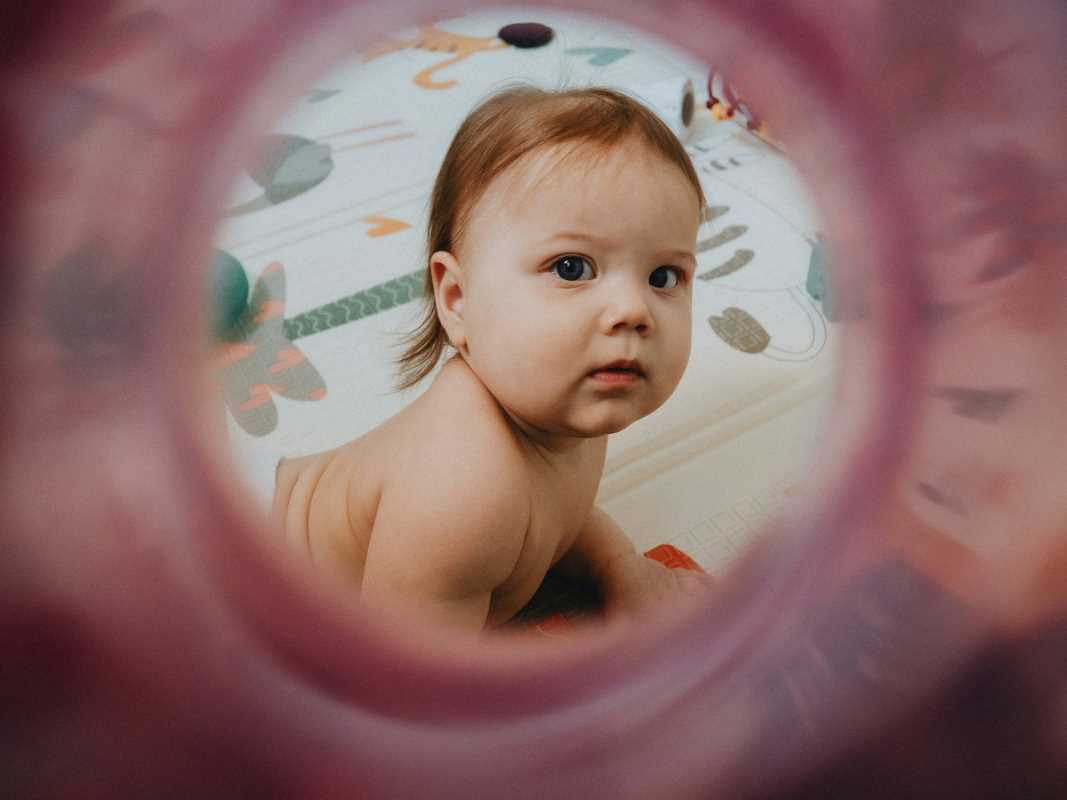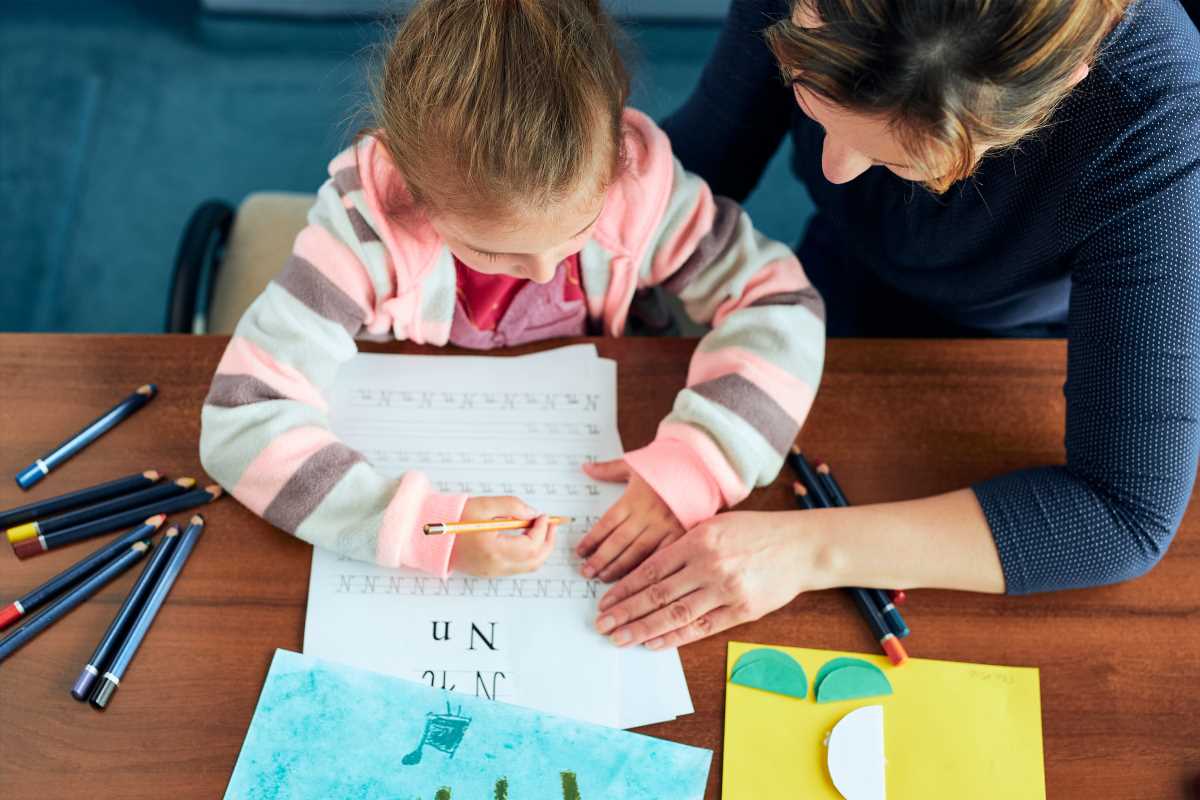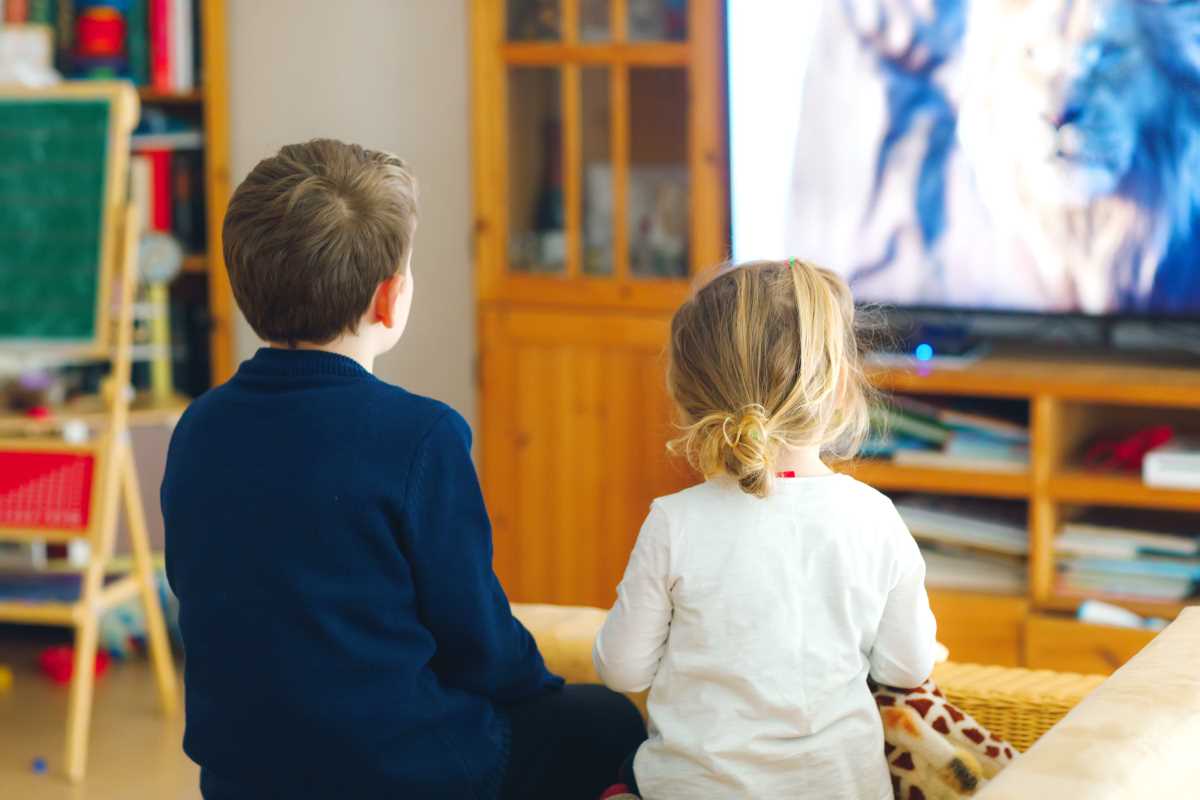Every day brings fresh moments of wonder as your child learns new abilities and reveals unique aspects of their personality. Small changes in how they move, communicate, or interact often signal important steps in their development. By paying attention to these shifts, you gain a deeper understanding of how your child grows and adapts to the world around them. Noticing these milestones allows you to appreciate the excitement of each achievement, no matter how small, and encourages you to support your child as they continue to explore and learn.
Celebrating progress, even if it comes in surprising forms, creates a warm and nurturing environment. Recognizing the signs of growth encourages you to be more present and involved in your child’s development.
What Are Developmental Milestones?
Developmental milestones are the checkpoints that many children hit as they grow, reflecting advances in motor skills, communication, social interactions, and cognitive abilities. These markers help you gauge if your child is acquiring the skills typical for their age and if any extra support might be helpful.
While these milestones provide a general guide to growth, each child follows their own path. Differences in personality, environment, and learning style contribute to a unique journey that may not always match the textbook descriptions.
Eight Key Indicators Your Child Is on Track
Observing your child’s progress can be both exciting and reassuring. Below is a numbered list that highlights eight key indicators to watch for as signs of healthy development.
- Smiling and Social Engagement: Your child begins to smile, laugh, and seek out interactions with people, showing early signs of social connections.
- Eye Contact and Attention: Frequent and steady eye contact during interactions signals growing interest and awareness of their surroundings.
- Physical Movements: Crawling, standing, and taking steps indicate improving muscle strength and balance as your child becomes more mobile.
- Hand and Finger Coordination: The ability to grasp toys or use a spoon shows growing fine motor skills and hand-eye coordination.
- Babbling and Early Sounds: Experimenting with sounds and babbling forms the first steps toward language development and effective communication.
- Pointing and Gesturing: Gestures like pointing or waving help express needs and interests, enhancing non-verbal communication.
- Problem Solving and Curiosity: Experimenting with objects, exploring cause and effect, and showing curiosity in their play indicate healthy cognitive growth.
- Emotional Expression: Displaying a range of emotions and beginning to articulate feelings through simple words or sounds reflect early emotional understanding.
Some indicators may appear sooner, while others might emerge gradually. Parents often notice these changes in daily activities and interactions, which makes everyday moments special learning experiences.
Each milestone marks a step on your child's unique growth path. Embracing these moments helps build a foundation for continuing learning and personal development.
Normal Variations in Development
Children develop at different rates, and it is common to see some indicators appear sooner or later than others. Some kids may start talking early but take a bit longer to master physical skills, while others might be adept at exploring their world physically but communicate more slowly. Recognizing these differences is key to understanding that there is no strict timetable for development.
Your child's personality, environment, family traditions, and opportunities for exploration all influence how quickly they grow. It is important to remember that variations in developmental progress usually fall within the normal range. Watching for consistent patterns over time gives you more insight than comparing them day-to-day with peers.
How Parents Can Support Their Child’s Growth
Parents can play a significant role in boosting their child's development through everyday actions. Simple interactions and playful activities create a nurturing environment that encourages learning. Incorporating supportive habits into your routine can subtly guide progress and deepen your connection with your child.
Here are some practical tips to help you support your child's development:
- Engage in interactive play that involves talking, singing, and reading together.
- Offer a variety of safe toys to explore different textures, sounds, and movements.
- Create routines that help your child understand expectations and develop a sense of security.
- Provide ample opportunities for social interaction with family and friends.
- Encourage free play in a safe environment to let your child explore independently.
- Celebrate small achievements to build your child's confidence and eagerness to learn.
Simple, consistent activities can make a big difference in your child's comfort and ability to grasp new skills. By staying connected and observant, you can easily adapt play and learning time to match their evolving interests.
Routine and spontaneity work well together when nurturing your child's potential. The more you participate in supportive activities, the more your child feels encouraged to try new things and express themselves.
Linking Milestones to Learning Styles
Your child's progress often depends on their unique way of learning. Sometimes you notice they pick up new skills faster when you adapt activities to their preferred style of interaction. For example, a child who enjoys movement might learn best through physical play, while another who likes stories might benefit from reading time.
Connecting developmental achievements with specific learning methods can be very helpful.
By celebrating your child's daily accomplishments, you help create a caring environment where curiosity and growth keep flourishing. Every achievement, no matter how small, marks a step forward in their journey.
Your support shapes your child's development. Continue to encourage them and celebrate each milestone along the way.
 (Image via
(Image via





